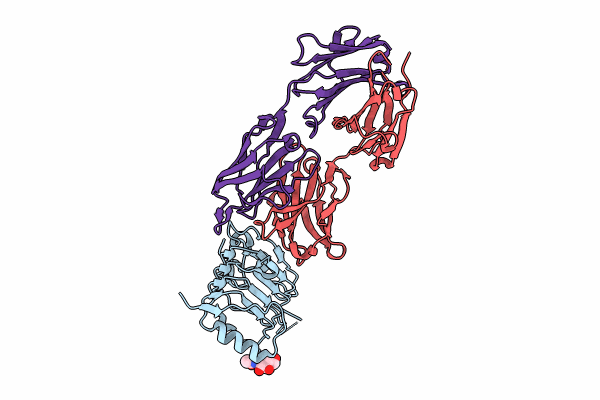
Deposition Date
2023-07-03
Release Date
2024-03-13
Last Version Date
2024-10-16
Entry Detail
PDB ID:
8JYR
Keywords:
Title:
Crystal structure of anti-HER2 antibody H2Mab-119 in complex with HER2 domain I
Biological Source:
Source Organism:
Homo sapiens (Taxon ID: 9606)
Mus musculus (Taxon ID: 10090)
Mus musculus (Taxon ID: 10090)
Host Organism:
Method Details:
Experimental Method:
Resolution:
1.69 Å
R-Value Free:
0.20
R-Value Work:
0.17
R-Value Observed:
0.17
Space Group:
P 1 21 1


